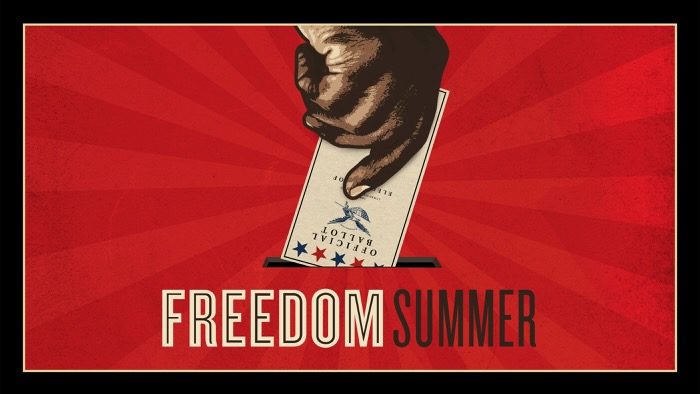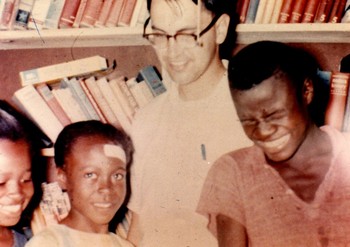Truth still matters.
And right now in the summer of 2024—even at this 60th anniversary—the truth about the 1964 Freedom Summer matters. That’s partly because it is so difficult to discern what actually happened, given the complexity of what unfolded in those months and the many storytellers who have produced later versions of what happened. That is why I feel so strongly about the need to publish authentic accounts from 1964—including my own—as well as to recommend, as a film critic, the most balanced accounts of the lessons we still are learning from what happened.
In that massive Mississippi Freedom Summer Project, about 800 college students were recruited and trained to go to “the most segregated state in America” to conduct voter registration campaigns all around the state. Joining them were several hundred lawyers, medics, teachers, and ministers. I was among the latter, and because August 5 was the date that I and my traveling companion the Rev. Roger Smith crossed the bridge over the Mississippi River at Natchez, this is the date I am commemorating with the start of what will unfold as an ongoing series in my Visual Parables section of ReadTheSpirit.com magazine.
Why did this 1,000-plus volunteer force descend on Mississippi?
I will explain more about the overall strategy as we go. But here are the basic facts: After months of planning, this wave began in June 1964. Mississippi was the focus because it was the state with the lowest percentage of its African-American population registered to vote—only 6.7 percent of eligible Black voters were registered when the project started. This mattered especially in Mississippi, because Black men and women represented more than one third of the state’s population.
How did my story start?
I was serving a church in North Dakota in 1964, and when a neighboring Methodist pastor told me he also planned to go south, we agreed to travel together in my car, I kept a journal. Both of us took pictures, some of which I will include.
How ‘bad’ was my experience? And how powerful were the lessons we learned?
Any time that I start telling my story, I always explain that my experience was about the relationships built and the hope I found in the courageous work of our Southern friends and colleagues. Thankfully, I avoided the summer’s infamous toll, which included:
1,062 people were arrested (out-of-state volunteers and locals)
80 Freedom Summer workers were beaten
37 churches were bombed or burned
30 Black homes or businesses were bombed or burned
4 civil rights workers were killed (one in a head-on collision)
4 people were critically wounded
At least 3 Mississippi blacks were murdered because of their support for the Civil Rights Movement
(This is the most current historical data cited in the Wikipedia history of the summer.)
Roger Smith and I did have some close calls, but the most important lessons of that summer for so many participants were about the power of faith and relationships. We met some fabulous people who I will introduce you to as this series unfolds.
Here’s a link to begin reading entries from my 1964 journal now.
How can we all learn more about that historic milestone?
I am a lifelong film critic, after all, so my best recommendations are films—documentaries and dramatic features as well.
As I publish this series from my 1964 journals, I also will include links to some very compelling—and still very relevant—films that I consider fair and balanced perspectives on 1964 and the civil rights movement overall.
This week, I’m starting with a recommendation that I urge everyone to watch:
Then, a final personal note:
I hope you will join us again next week.
Were any of you in Mississippi that summer? I would love to hear from you and compare notes.
I know many that summer paid a higher price than I did, so it would be my honor to hear from you.
Add a Comment below or email our online magazine at [email protected]


